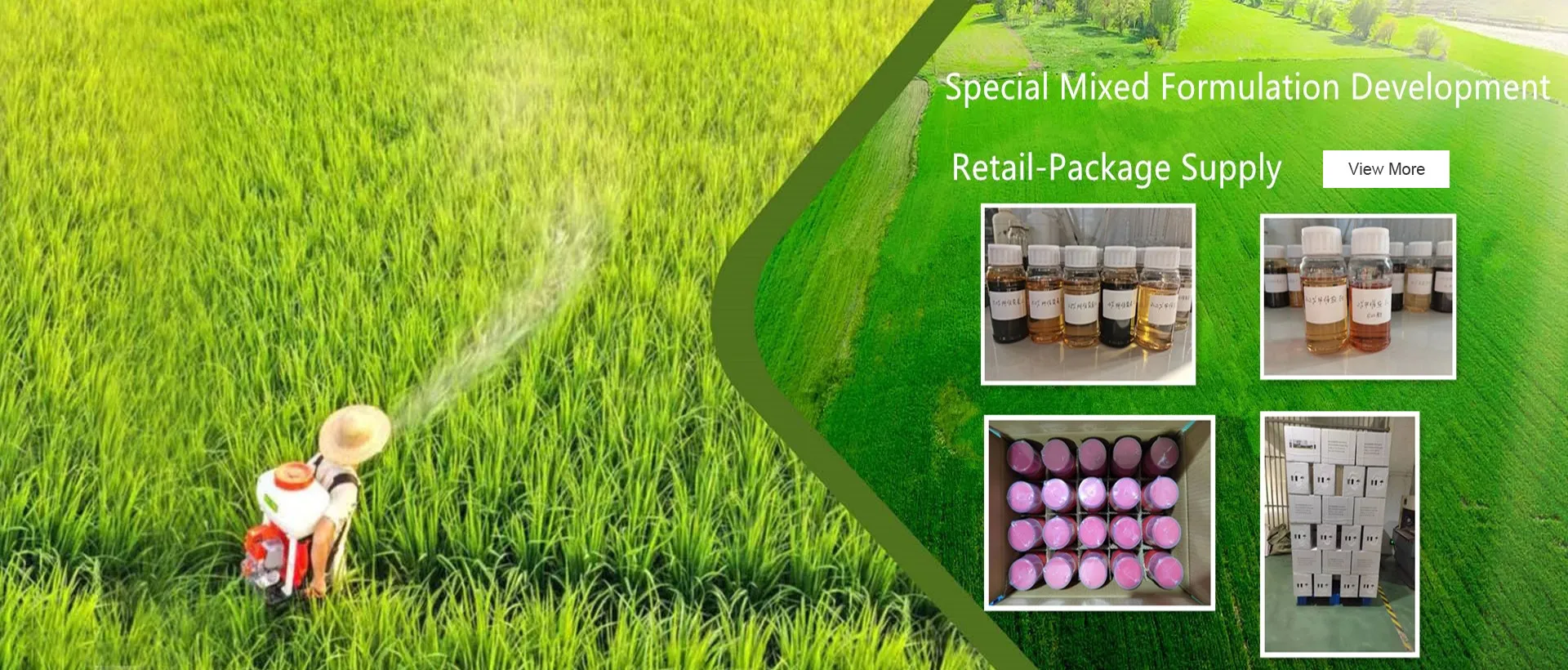
Set . 23, 2024 19:34 Back to list
Bifenthrin 10% WP Insecticide for Effective Pest Control Solutions
Understanding Bifenthrin 10% WP A Comprehensive Overview
Bifenthrin is a synthetic pyrethroid, widely recognized for its effectiveness as an insecticide. It belongs to a class of chemicals that mimic the natural insecticidal properties of pyrethrins, which are derived from chrysanthemum flowers. The formulation Bifenthrin 10% WP refers to a water-soluble powder that contains 10% bifenthrin, making it a potent choice for pest management in various applications.
Chemical Properties and Mechanism of Action
Bifenthrin is characterized by its ability to disrupt the nervous system of insects. It primarily targets their sodium channels, prolonging the activation of these channels, which leads to paralysis and eventually death. This mechanism is not only effective against a wide range of pests but also allows for residual action, meaning that the insecticide can remain active on surfaces for extended periods.
As a water-soluble powder, Bifenthrin 10% WP is designed for easy mixing with water, facilitating its application in a variety of settings, including agricultural, residential, and commercial environments. When dispersed in water, the bifenthrin particles dissolve to create a solution that can effectively coat plants, surfaces, or areas where pests are prevalent.
Applications
Understanding Bifenthrin 10% WP A Comprehensive Overview
For residential use, Bifenthrin 10% WP can address common household pests that invade homes, creating a more comfortable living environment. It's especially useful for targeting pests in cracks, crevices, and hard-to-reach places, where other methods might fail.
bifenthrin 10 wp

Safety and Environmental Considerations
While Bifenthrin is effective, it is crucial to handle it with care to minimize risks to human health and the environment. Proper personal protective equipment (PPE) should be worn during its application, including gloves, masks, and goggles, to prevent exposure. Additionally, it is vital to follow the manufacturer's instructions regarding application rates and safety precautions to ensure its safe use.
One of the significant concerns with bifenthrin and other pesticides is their potential impact on non-target organisms, particularly aquatic life. Bifenthrin is highly toxic to aquatic invertebrates, and therefore, care should be taken to prevent runoff into water bodies. Adhering to recommended buffer zones near water sources can mitigate these risks.
Integrated Pest Management (IPM)
In the context of modern agriculture and pest control, Integrated Pest Management (IPM) practices encourage the responsible use of chemicals like Bifenthrin 10% WP as part of a broader strategy. IPM emphasizes the importance of monitoring pest populations, employing cultural controls, and utilizing biological control methods in conjunction with chemical treatments. This approach not only enhances the sustainability of pest management practices but also reduces the reliance on chemical solutions, thereby mitigating potential resistance issues among pest populations.
Conclusion
Bifenthrin 10% WP is a powerful tool in the arsenal against pests, offering both agricultural and residential benefits. Its effectiveness, combined with proper application and safety measures, makes it a valuable option in pest management strategies. However, users must remain vigilant about environmental considerations and the importance of employing this pesticide responsibly. By integrating bifenthrin into a holistic pest management approach, users can achieve effective pest control while safeguarding health and the environment.
-
Kasugamycin Fungicide: Efficient Bacterial & Fungal Control
NewsAug.02,2025
-
Emamectin Benzoate: AI-Optimized Pest Control Solution
NewsAug.01,2025
-
Best Abamectin 95% | Top Pesticide for Crop Protection
NewsJul.31,2025
-
Insecticide Spirotetramat 11% + Thiacloprid 11% SC at Good Price
NewsJul.30,2025
-
Best Abamectin SDS - Premium Quality & Reliable Safety Data
NewsJul.29,2025
-
Agrochemicals Pesticides Solutions for Sustainable Farming
NewsJul.29,2025
